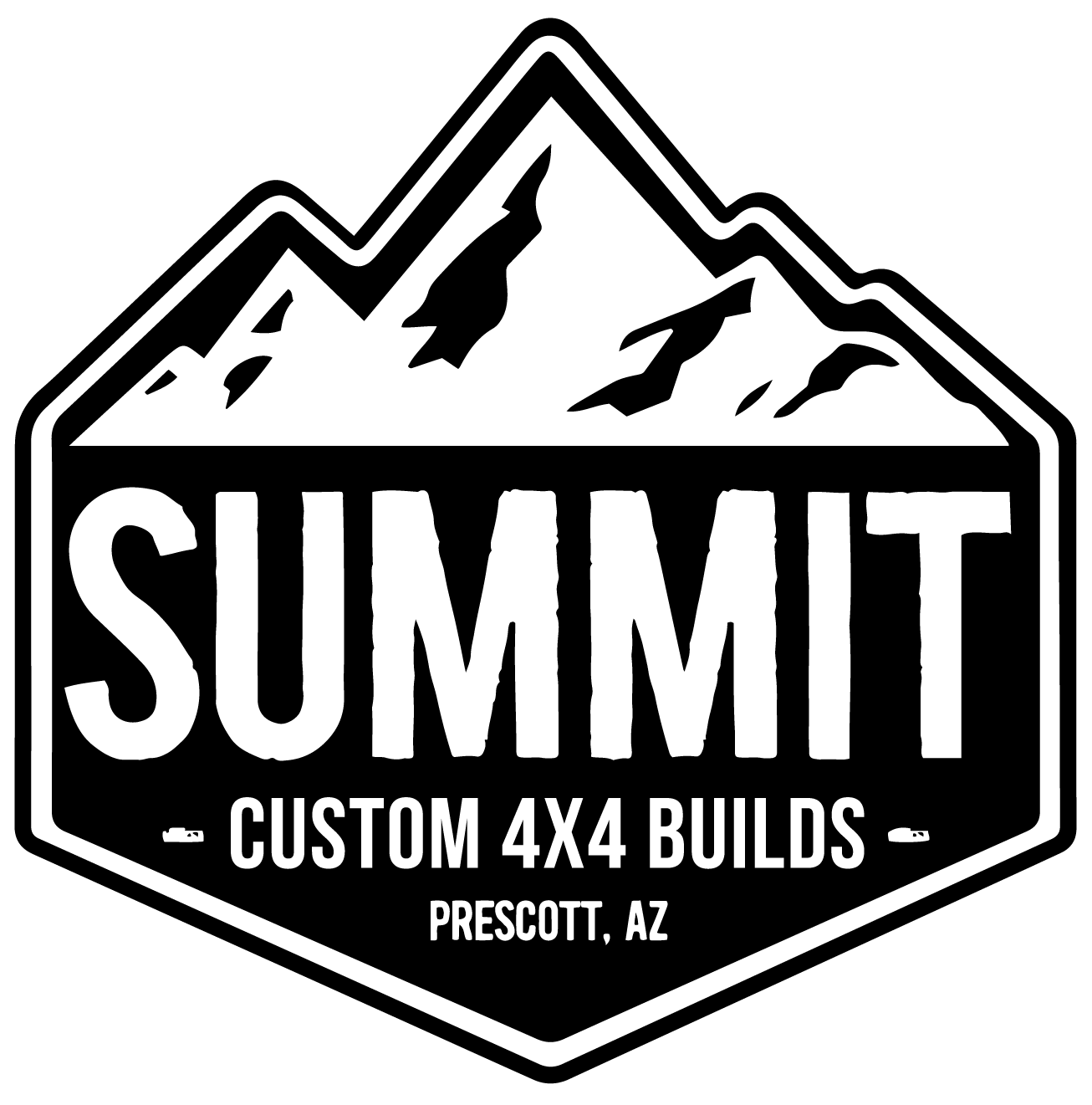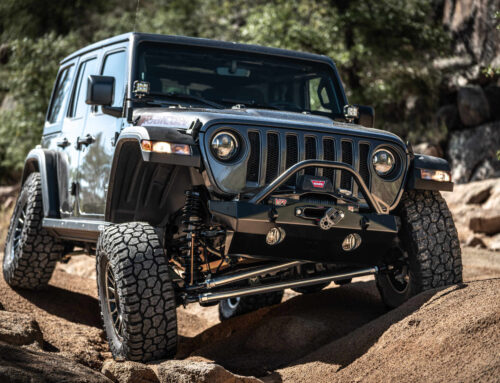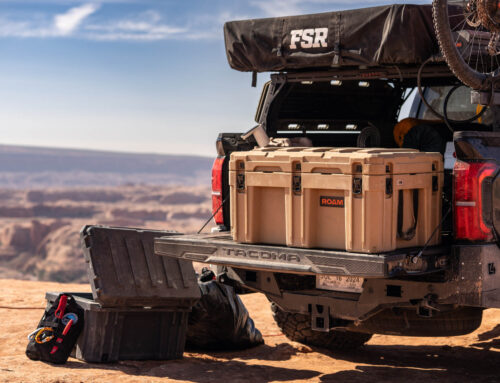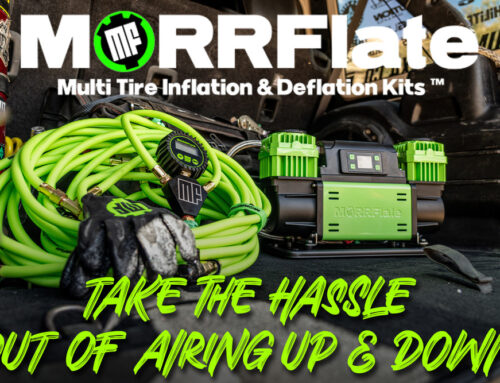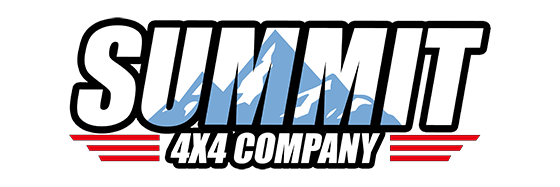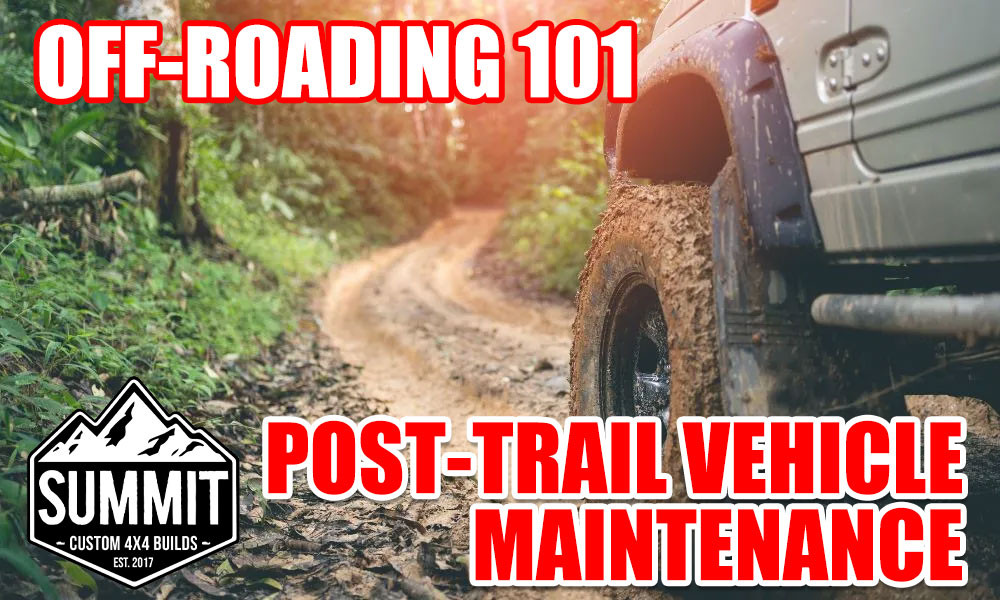
Off-roading is an activity that, over time, can put a significant amount of wear and tear on your vehicle. From driving long washboard roads to water crossings, your truck or SUV will be subjected to harsh elements that can take a toll on its components.
That’s why a critical aspect of preserving your vehicle’s performance and life span is performing post-trail vehicle maintenance. In this article, we will discuss essential maintenance steps you should take following an off-road adventure to ensure your vehicle stays in tip-top shape.
Wash Off Your Vehicle
Even though your off-road rig looks great covered in mud and dirt, cleaning your vehicle after an off-road excursion can help to ensure your 4×4 lasts for years to come. Dirt, mud, and debris can accumulate in and around various components of your vehicle, potentially leading to rust, premature wear, knocks and noises, as well as other damages if left for too long. A vehicle covered in mud or dirt is also more difficult to inspect before hitting the trail head. To avoid issues down the road, be sure to thoroughly wash off your vehicle, paying special attention to the undercarriage, wheel wells, and suspension components.
Something else to note is that mud and dust can harden on your vehicle’s surface, which can cause paint damage. Therefore, a post-trail car wash can not only help with maintenance but also keep your ride looking sharp over time.
Check the Tires and Suspension
Your vehicle’s tires and suspension bear the brunt of most off-roading adventures. After hitting the trails, it’s essential to carefully inspect your tires for punctures, cracks, or uneven wear. Additionally, check the tire pressure and adjust it accordingly for on-road driving, especially if you air down as this will help prolong the life of your tires and create less on-road resistance resulting in better fuel economy.
After that, assess the suspension components, including the shock absorbers and springs, for damages, wear marks, or leaks. Failure to address issues with your tires or suspension won’t just negatively affect drivability but can also be dangerous.
Regrease Joints and Bearings
If you’re worried about premature wear of your vehicle, it’s important to ensure your vehicle’s joints and bearings are adequately lubricated or greased. Off-roading can introduce dirt and other contaminants into these components, necessitating a regrease once back home. Areas to focus on include your vehicle’s driveshaft, steering linkage, and suspension joints. Regular lubrication will help prevent wear, reduce friction and noise, as well as extend the life of these crucial components.
Look Over the Engine
Of course, the engine is the heart of your off-roading machine, and implementing proper upkeep for it is the most important part of any post-trail vehicle maintenance routine. After your journey, inspect the engine for leaks, loose belts, or damaged hoses. In addition, check the air filter for excessive dirt and replace it if necessary. Be sure to also top off any low fluid levels. Ensuring your engine is well-maintained can improve performance and reduce the chances of unexpected breakdowns or contaminants making their way into the engine itself.
Bring it to a Shop if Needed
Sometimes, post-trail vehicle maintenance may require a professional touch. If you notice issues that you’re not comfortable addressing yourself, or prefer the expertise of an off-road technician, consider taking your vehicle to a reputable 4×4 shop like Summit 4×4 Company. Our team of professionals can perform inspections and any necessary repairs so your vehicle stays running as smoothly and safely as possible.
